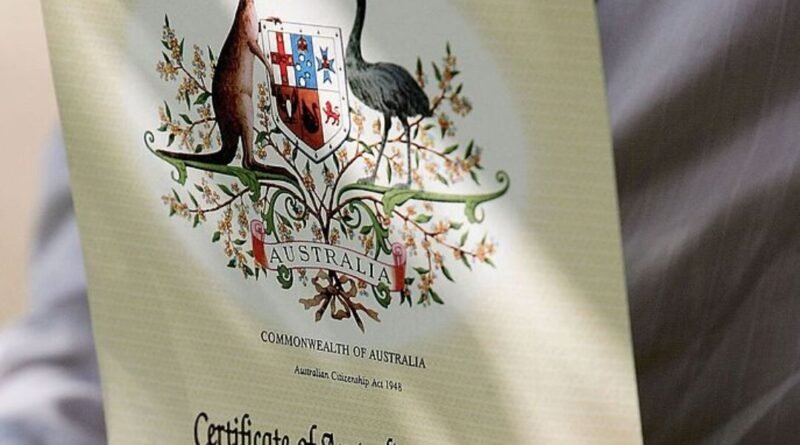Australia to Implement Stricter Regulations on Student Visas to Repair ‘Flawed’ Migration System
The government want to reduce the number of temporary visa holders prolonging their stay in the country without a clear pathway to permanent residence. The Australian government will target student visa holders who prolong their stay in Australia without a clear pathway to permanent residency amid a migration shake-up. This will spell the end of settings that drive long-term temporary stays, also known as permanent temporariness, which is one of the main problems with the Australian migration system, according to Home Affairs Minister Clare O’Neil.
It is one the measures (pdf) introduced by the government to reduce migration to near pre-pandemic levels. Government data showed that there were 2.2 million temporary migrants in 2023 (excluding visitors and transit visas), up from 700,000 in 2000. Many of those people have stayed in Australia for over five years.
Ms. O’Neil said one of the reasons for this situation was Australia having some of the longest graduate visas in the world, which could allow students to stay up to eight years after graduation.
Related Stories The government wanted to solve the problem of permanent temporariness by shortening graduate visas and ending settings that allowed graduates to prolong their stay in Australia when they were less likely to become permanent residents. “If students are not going to be able to transition onto the skill program fairly quickly, they probably are not going to find a pathway to permanency in our country,” Ms. O’Neil said. “And we’re not doing them a favour by letting them stay here permanently temporarily, and we’re not doing the nation a favour.” So we need to give short sharp answers to students about whether they’re going to have a pathway, and we do that viewing their ability to transfer onto the skill placed.”
The crackdown is part of an ambitious 10-year migration strategy to fix what Ms. O’Neil called a “broken” migration system left by the former Coalition government. The reform (pdf) outlined eight key areas that the government would focus on in the coming period, including reshaping temporary and permanent skilled migration to address skills needs and drive long-term economic growth, strengthening the integrity and quality of international education, tackling worker exploitation and the misuse of the visa system, and providing support for regional Australia to get fast access to skilled workers.
The government also expected the reform to bring migration back to near pre-pandemic levels starting from the next financial year. Ms. O’Neil said the migration strategy was a “bold plan” to get migration working for the whole population. “The strategy helps us get the skills we need–in healthcare, for our net zero transition, and in our digital economy,” she said in a statement on Dec. 11. “We are acting to design out migrant worker exploitation from the system so we can protect wages and conditions for migrants and locals alike.” Home Affairs Minister Clare O’Neil reacts during Question Time at Parliament House in Canberra, Australia. (Martin Ollman/Getty Images) Similarly, Immigration Minister Andrew Giles said the reform would help create a “better, fairer, and more sustainable” migration system for Australia. “One [system] that is good for workers … good for business, and good for Australia, operating in our national interest, enabling us to meet our challenges and seizing the opportunities of the future,” he told reporters.
The reforms are also aimed at improving the quality and integrity of Australia’s international education sector to ensure that international students do not end up in a “permanently temporary” position. To do so, the government will raise the minimum English language requirements for student and graduate visas. Specifically, in early 2024, students who want to come to Australia to study for graduate degrees will need to have an International English Language Testing System (IELTS) score (or equivalent) of 6.0 to 6.5, while the required test score for undergraduate students will rise from IELTS (or equivalent) 5.5 to 6.0.
In addition, the government will apply greater scrutiny to student visa applications from high-risk providers and strengthen requirements for international education providers. International students applying for another student visa will also be subject to greater scrutiny.
“The numbers of international students staying in Australia on a second, or subsequent student visa has grown by over 30 percent to more than 150,000 in 2022–23,” the migration strategy paper said. “The biggest growth in visa hopping has been in the VET (Vocational Education and Training) sector, where there is a lower likelihood of a credible course progression.”
The government will use the new “genuine student test” to require students to demonstrate that their application for another course is necessary to further their career or academic aspirations. The government also plans to invest $19 million (US$12.5 million) to recruit more immigration compliance officers to crack down on people who wanted to exploit the visa system and migration agents seeking to take advantage of international students.
Source link




